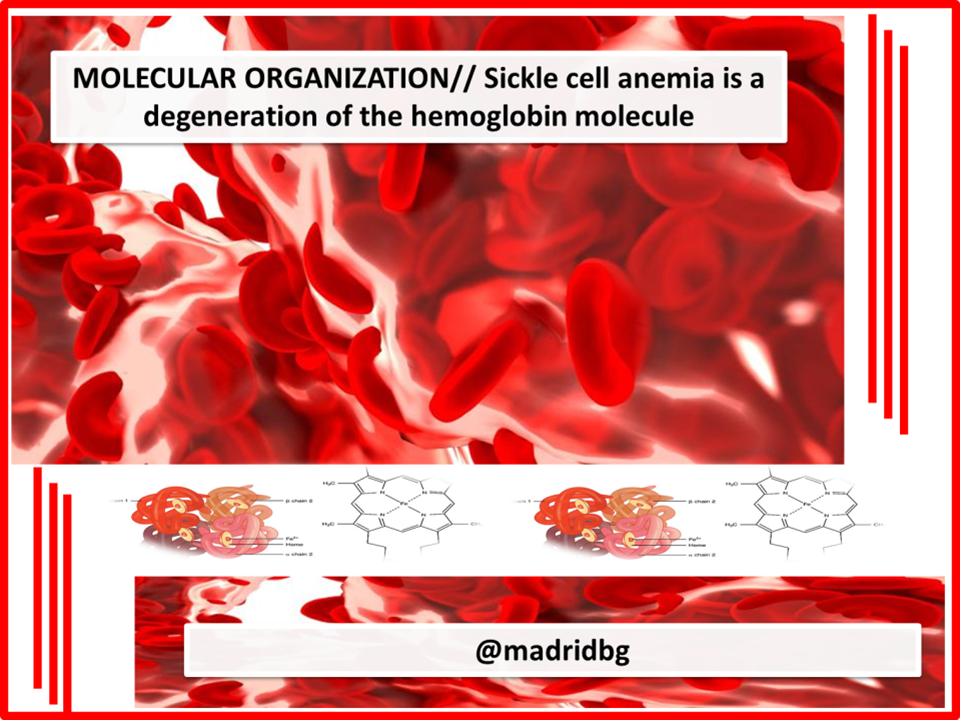
Author: @madridbg, through Power Point 2010, using public domain images.
Welcome back my dear readers of the #Hive platform, to this space for the dissemination of scientific content. In this installment, we will address the structural modifications that occur in the hemoglobin molecule and the adverse health effects of this modification, which generates sickle cell anemia, a disease that has been causing damage in the lives of people and society in general.
As has been recurrent in my publications, the same will be shared through the communities of @stemsocial who currently has become a dynamic platform for socialization of scientific topics.
INTRODUCTION
As mentioned in previous publications, the biological system is par excellence a dynamic, complex and efficient process and a demonstration of this efficiency is observed in the behavior of the molecule hemoglobin, which chemically is a type of protein that is in charge of the oxygen/carbon dioxide gas exchange between the different tissues of our body and the lungs.
Structurally the compound has a molecular weight of approximately 65000 g/mol and is formed by four amino acid chains associated in pairs, the first ones are of alpha type (α,) organized in peptide with 141 amino acids and the second ones are of beta type (β) and make up a total of 146 amino acid molecules as a structural sequence.
Although there is a very versatile variety of this molecule, they all fulfill the aforementioned mission. In such sense, through the publication we will chemically address the modifications suffered by the hemoglobin molecule, which generates malformations at the level of red blood cells present in our blood which produces painful symptoms, inflammation and in many cases death.
PROTEIN GENERALITIES
In this section of the subject, we will deal in a generalized way with proteins that allow us to understand the functioning of hemoglobin. In this sense, amino acids represent the simplest building blocks of proteins, they are formed by amino groups and carboxyl group. [1]
Biologically, proteins are very versatile molecules that fulfill a variety of functions at the metabolic level, ranging from catalyzing chemical reactions to the process of transporting and storing substances of vital importance to our system.
According to their structural organization, these substances can be schematized by 4 types of models or structure that allows the operation of the same among which are a primary structure, which only gives us information related to the sequence of amino acids present in the polypeptide, meanwhile in the secondary structure, you can appreciate the amino acids present, as well as some forces of interaction (hydrogen bridge) between them. [2]
Likewise, the tertiary structure, allows us to study the set of interaction forces present in the molecule ranging from hydrogen bridges, dipole-dipole-dipole ion, among others, at this point thanks to the interactions generated the molecule adopts a more stable three-dimensional shape than in the previous structures. Finally, and referring to the quaternary structure, this allows us to understand under its maximum expression the proteins and the interactions between the different polypeptides that conform it. [3]
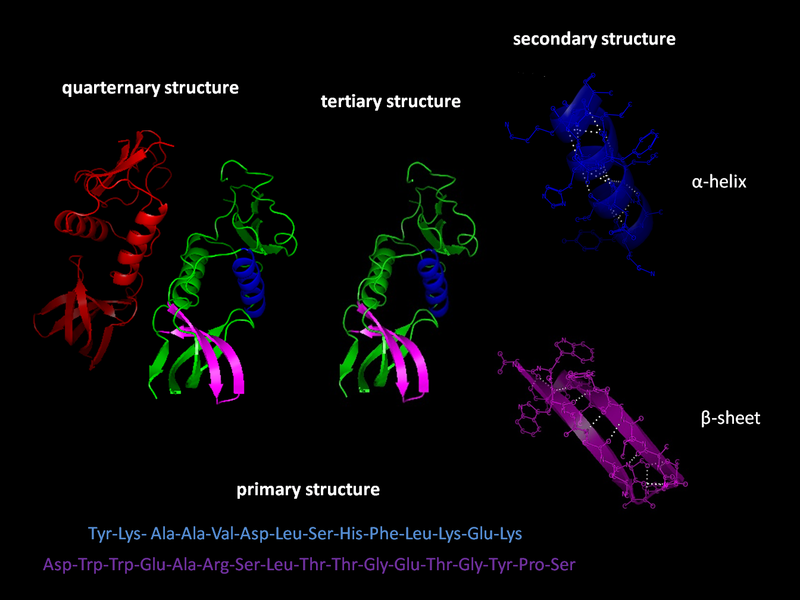
Fig. 2. Representation of the type of structures exhibited by proteins. Author: Holger87
HEMOGLOBIN AND OXYGEN TRANSPORTATION
In previous sections, we studied the hemoglobin molecule from its structural bases, therefore, we will dedicate this space to chemically substantiate the mechanism of action of this complex but extraordinary molecule. It is therefore appropriate to recall that hemoglobin is formed by four amino acid peptides where each part is made up of a group of atoms among which carbon, nitrogen and hydrogen stand out, the combination of these elements results in the formation of the heme group which together with the atom of the element iron generates hemoglobin.
The transport mechanism begins when the huge hemoglobin molecule accepts oxygen atoms (O2) in its freight car (iron), which are bound by ionic bonds and transported to the various muscles of our body.
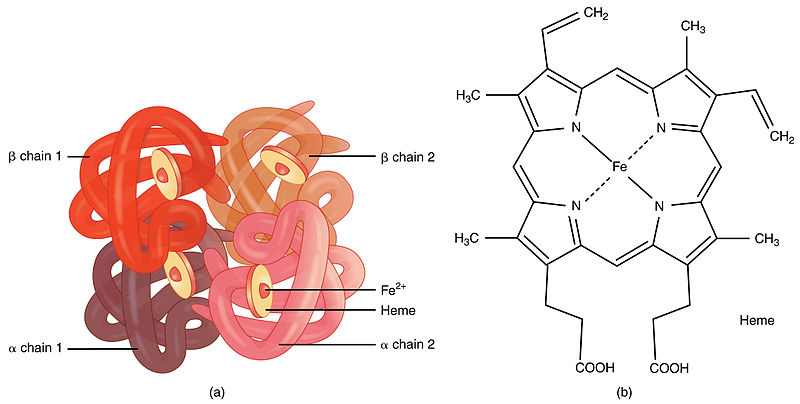
Fig. 3. Representation of hemoglobin molecule. Author: OpenStax College
An aspect of interest worth mentioning is the one associated with the combustion processes of organic material and its influence on hemoglobin, as it is well known, the burning of these substances generates air pollutants such as carbon dioxide and carbon monoxide. These substances have the ability to bind with the iron atom and replace the oxygen molecules, therefore when we breathe these gases the blood is saturated with the same and displaces the oxygen necessary for the functioning of our system, which in high concentrations can cause death without apparent pain, which is why these gases are known as the silent killers.
PHALCIFORMAL ANEMIA AND DEGENERATION OF THE HEMOGLOBIN MOLECILE
Throughout the reading, we have considered the import that the hemoglobin molecule plays in the maintenance and preservation of our life. However, the molecule can undergo modifications at the level of the spatial arrangement that its structure adopts, which undermine the normal development of metabolic systems.
In this sense, the case of sickle cell anemia is based on the above mentioned, where the malformation causes the red blood cells to adopt the shape of a crescent moon and where the mucosa that covers it tends to become very delicate or fragile, generating the loss of hemoglobin due to the rupture of the aforementioned membranes.
Chemically, sickle hemoglobin (HbF) presents a small variant compared to healthy hemoglobin, a variant that is directed to the change of one of the amino acids in the sequence present in the polypeptide chain, in this case, the amino acid valine replaces the amino acid glutamic acid in the beta (β) chains of the peptide.

Fig. 4. Representation of the amino acids valine and glutamic acid. Author: @madridbg, via Power Point 2010.
Apparently the observed change is minimal, but it generates a large-scale modification since valine, being an amino acid, is amphoteric, which allows its apolar part to produce different interactions in the secondary and tertiary structure of the hemoglobin protein, generating a molecular change in it, Therefore a super polymer is formed which due to its weight precipitates in the red blood cells and forces them to adopt a curved or half-moon shape, which because of the weight accumulate in the bloodstream obstructing the flow of nutrients and oxygen to the different organs and muscles of the body producing inflammation, severe pain and in many cases death.
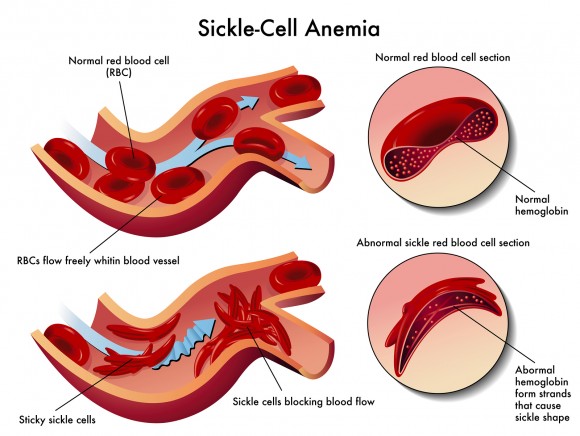
Fig. 5. Representation of red blood cells due to hemoglobin modification. Author: Francisco R. Villatoro
FINAL CONSIDERATIONS
As we have seen throughout the subject, the hemoglobin molecule is a complex molecular system, which uses specialized machinery in its operation and where, depending on its modification, it can have repercussions on the metabolic dynamics of the body, generating in many cases diseases that can be fatal. Undoubtedly, the role played by the iron atom is preponderant, the same, allows the gear or union with oxygen which represents the mechanism of action of the hemoglobin molecule.
Therefore, if you have found the information contained in this writing interesting and useful, I invite you to interact by leaving your comment about your perception on the subject in question.
BIBLIOGRAPHY CONSULTED
[1] Chang, R. (2010). Química. Decima edicion. McGraw-hill Interamericana editores. ISBN: 978-607-15-0307-7.
[3] McMURRY E., John y Fay C., Robert. (2008). Química general. Quinta edición PEARSON EDUCACIÓN, México, 2009 ISBN: 978-970-26 1286-5.
[3] Pinto, L y Col. ( 1991). Sickle cell anemia in adults. Clinical study of 51 patients treated at the Hospital. San Vicente de Paúl University Hospital. Acta Médica Colombiana Vol. 16 N° 6.Artículo: Acceso Online
[4] Ralph, H. Petrucci, William S. Harwood, E. Geoffrey Herring. (2003). QUIMICA GENERAL. Octava edición. PEARSON EDUCACIÓN. S.A., Madrid.
[5] Sánchez-Lara Eduardo. (2014). Hemoglobin: an example of bioinorganic chemistry. Master's Degree in Chemistry. Chemistry Center. ICUAP. Meritorious Autonomous University of Puebla.Artículo: Acceso Online
[6] Vera, Luis Franco (2010). Hemoglobin: a prodigious molecule. Royal academy of exact, physical and natural sciences. Department of Biochemistry and Molecular Biology, University of Valencia. XI Program for the Promotion of Scientific and Technological Culture. Rev.R.Acad.Acad.Cienc.Exact.Phys.Nat. (Eng). Vol. 104, Nº. 1, pp 213-232, 2010..Artículo: Acceso Online
[7] WADE,LEROY. (2011). . ORGANIC CHEMISTRY. VOLUME 2. SEVENTH EDITION. PEARSON EDUCATION, MEXICO, 2011 ISBN: 978-607-32.()793-5.
OF INTEREST
For more information related to the areas of science, technology, engineering and mathematics, do not hesitate to visit #stemsocial and #stem-espanol, they are communities that promote scientific advances in these areas
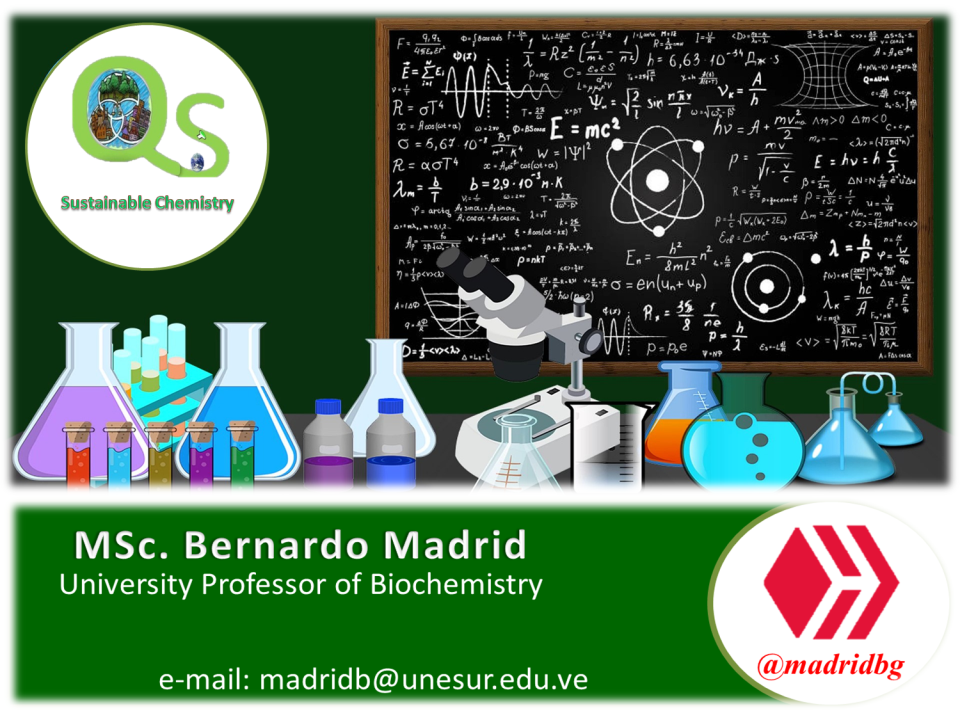
#posh twitter:
Thanks for your contribution to the STEMsocial community. Feel free to join us on discord to get to know the rest of us!
Please consider supporting our funding proposal, approving our witness (@stem.witness) or delegating to the @stemsocial account (for some ROI).
Please consider using the STEMsocial app
app and including @stemsocial as a beneficiary to get a stronger support.